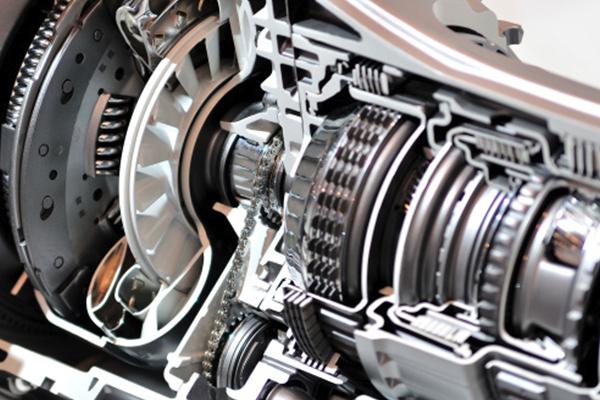Mobile:+86-311-808-126-83
Email:info@ydcastings.com
English
pipe thread protector caps
Understanding Pipe Thread Protector Caps Importance and Usage
In various industries, from construction to plumbing, the integrity of pipe threads is crucial for ensuring the efficient transport of fluids. One often-overlooked component that plays a significant role in maintaining this integrity is the pipe thread protector cap. These small yet essential accessories are designed to shield the threads of pipes from damage, dirt, and debris during storage or transportation. This article will discuss the importance of pipe thread protector caps, their types, and how to properly use them.
Importance of Pipe Thread Protector Caps
The primary function of pipe thread protector caps is to prevent the threads on pipes from becoming damaged or contaminated. During manufacturing, transportation, or even while being stored, pipes can be exposed to various factors that may compromise their threads. Scratches, dust, and moisture can all affect the performance of a pipe, potentially leading to leaks or inefficient flow when the pipe is put into use.
Moreover, damaged threads can make it difficult to connect pipes properly, creating safety hazards in systems designed to carry gases or fluids under pressure. In environments where cleanliness is vital, such as in pharmaceuticals or food processing, protecting the threads from contamination is equally important. Thus, using thread protector caps can significantly reduce the risk of costly repairs and ensure the longevity of the pipes.
Types of Pipe Thread Protector Caps
Pipe thread protector caps come in various types, materials, and sizes to suit different applications. Here are some common types
1. Plastic Caps These are lightweight, cost-effective, and ideal for temporary protection. They are commonly used in construction and plumbing sectors.
2. Metal Caps For more heavy-duty applications, metal thread protector caps are used. They provide superior durability and are often found in industrial settings.
3. Rubber Caps Rubber caps are flexible and provide a snug fit, making them an excellent choice for preventing moisture and dirt ingress.
pipe thread protector caps

5. Non-threaded Caps These caps are pushed onto the end of the pipe and can be easily removed. They are suitable for protecting against dust and debris but may not offer the same level of security.
How to Use Pipe Thread Protector Caps
Using pipe thread protector caps is straightforward, but doing so correctly is vital to ensuring maximum protection. Here’s a step-by-step guide
1. Select the Right Size Ensure that the cap is the correct size for the pipe’s threads. A loose cap won’t provide the necessary protection, while a cap that is too tight may damage the threads during installation.
2. Clean the Threads Before applying the cap, ensure the threads are clean and free from debris. This helps create a better seal and prevents contaminants from getting trapped.
3. Install the Cap Depending on the type of cap, either screw it onto the threads or push it onto the pipe’s end. Make sure it fits snugly to prevent moisture or dirt from entering.
4. Regular Inspection Periodically check the condition of the caps, especially during long storage periods. Replace any caps that show signs of wear and tear.
5. Remove Before Use Ensure that all caps are removed before the pipes are put into service to avoid any potential obstacles to fluid flow.
Conclusion
In conclusion, pipe thread protector caps are an invaluable component in safeguarding the integrity of pipe threads across various industries. By preventing damage and contamination, these caps not only enhance the lifespan of the pipes but also ensure safety and efficiency in fluid transport systems. Investing in high-quality thread protector caps is a small yet significant step towards maintaining the overall reliability and effectiveness of piping systems.
-
Materials Used in Manufacturing Cap End Pipe FittingsNewsNov.24,2025
-
Material Properties of CF8M CastingNewsNov.24,2025
-
How to Inspect Pump Cap Ends for DamageNewsNov.21,2025
-
Backward Curved Impeller – Efficient Airflow Solutions for Industry | YD CastingsNewsNov.21,2025
-
Automobile Water Pump - Efficient, Quiet, Durable & ElectricNewsNov.21,2025
-
Impeller for Pumps – High-Efficiency, Durable, OEM-ReadyNewsNov.21,2025











